day tripping in obuse
i wrote about having a truly poignant moment at the edge of a pond in obuse town while watching some frogs. there was a little more to it than that. if you feel so inclined, you should read about it. here’s what else happened that day. my ex-coworker/friend, uchiyama sensei, and i made the hour drive early one saturday.
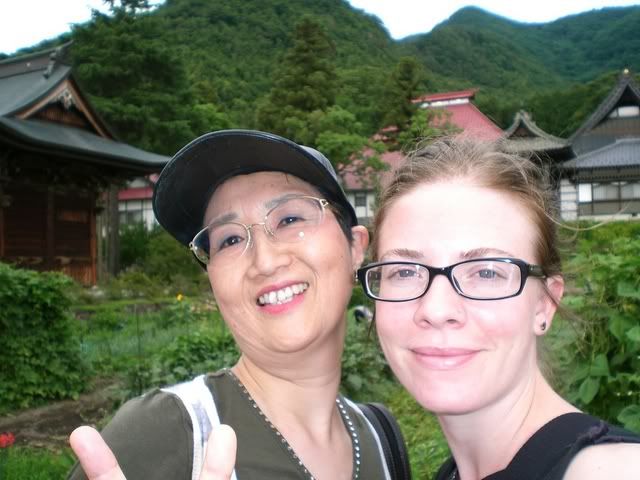
obuse is a mountain town in nagano prefecture with historical significance much larger than the place itself. the town has only a 2 kilometer radius.
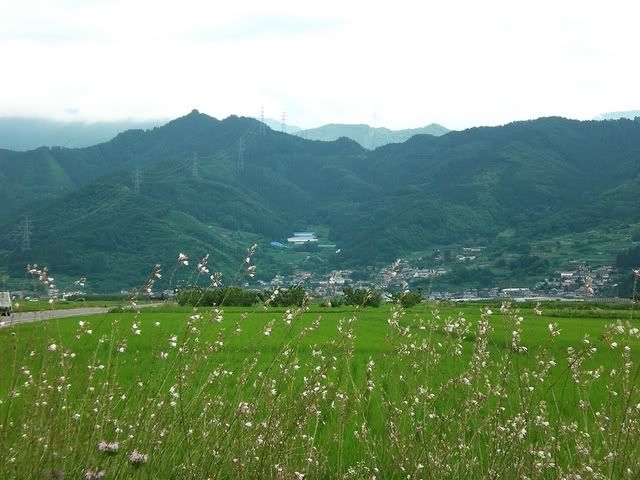
the downtown is a quaint strip of old, but well maintained warehouses where crafts, sweets and snack stores are located. the streets are lined with chestnut trees which bare one of the town’s most famous crops. obuse has it’s own personal forest gump schpeel about the nuts…they are used to make a variety of products like “steam rice with red beans and whole chestnuts, mashed chestnuts, rice-flour cake with chestnut flavor, a fine sweet paste of chestnuts, sweet bean paste with chestnut flavor, mashed sweet potatoes with sweetened chestnuts.” on this day we were determined to try the chestnut rice. nearly every restaurant was packed. we finally found a table in a fashionable place that slathered a thick layer of swank atop the traditional feel, which was reflected in the prices.

we started at the japanese lamp museum, one of uchiyama sensei’s must-sees. there were thousands of paper lanterns, candle stands, lamps, and other lighting gadgets. some were incredibly old and warranted explanation to understand exactly how and why they’d been used. the largest part of the collection was the “963 lamp devices" from the Yedo period (1603 - 1867) through the Taisho period (1912 - 1926) in the Shin-etsu (present Nagano) region of japan. the most intriguing were candle holders affixed to the end of rudimentary, extendable poles. uchiyama translated the explanation on the plaque beneath the display…they were held by people who crouched down and ringed the edge of a stage during theatrical shows. they were to be held under the actors’ faces who were performing.
then we were off to the katsushika hokusai museum. hokusai is a world-reknowned ukiyo-e [japanese woodblock printing and painting] artist whose works include the well known ‘great wave of kanagawa’...
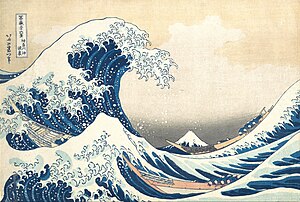
there was a display of the series of woodblocks used to create one of hokusai’s works. i was awed by the complexity of the carving on the blocks and the sheer number of woodblocks that were used to create a single print.
Ukiyo-e prints were made using the following procedure:
• The artist produced a master drawing in ink
• Craftsmen glued this drawing, face-down to a block of wood, cutting away the areas where the paper was white, thus leaving the drawing, in reverse, as a relief print on the block, but destroying the drawing.
• This block was inked and printed, making near-exact copies of the original drawing.
• These prints were in turn glued, face-down, to blocks and those areas of the design which were to be printed in a particular color were left in relief. Each of these blocks prints at least one color in the final design.
• The resulting set of woodblocks were inked in different colors and sequentially impressed onto paper. The final print bore the impressions of each of the blocks, some printed more than once to obtain just the right depth of color.
there were hanging scrolls, screens, frames and 2 festival floats which the artist had painted. the ceilings of the floats were amazing; one of a dragon and a phoenix, the other of raging waves, done in two styles to represent the female and male.
another of hokusai’s masterpieces on display in the town is at gansho-in temple.

he was commissioned to paint the ceiling there at the age of 89. he completed the 35 square meter Chinese phoenix in 1848, a year before he died. apparently the paint was mixed with some crushed jewels which has enabled the colors to remain vibrant.
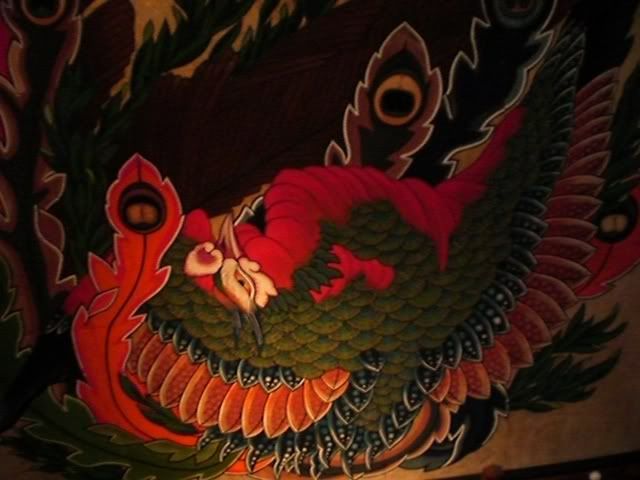
i took ample time to lay on the tatami floor of the temple and gaze up at the incredible illustration.

beside the main temple is the small pond where kobayashi issa composed his famous haiku that so moved me.
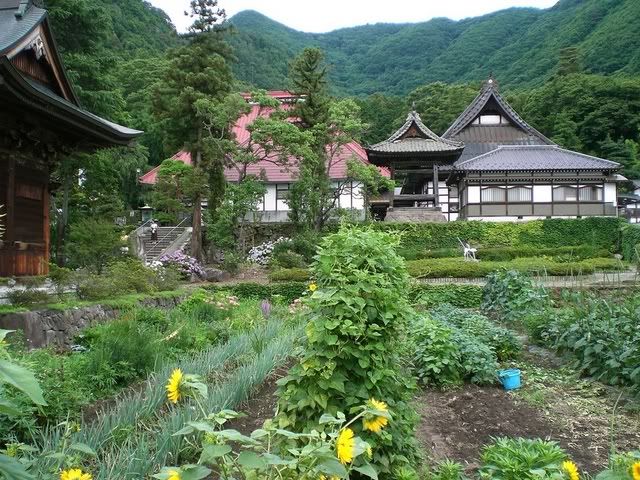
before heading home we stopped at a tiny café for coffee and, my choice, fresh squeezed apple juice and some reflection on the day.

uchiyama and i do trips together well; we’re both talkative and analytical. plus, she likes to be back home by early evening which gives me time to freshen up and still make it to the parties downtown. perfect.


1 Comments:
Your travel writing is refreshing, and the photographs somewhat contradict my previous notions of the Japanese landscapes, both natural and urban.
Post a Comment
<< Home